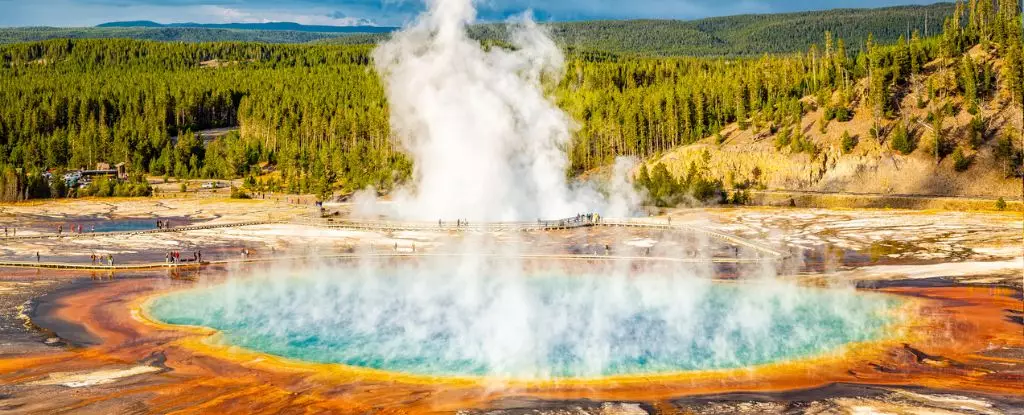It’s been almost 100 years since scientists first discovered single-celled organisms capable of releasing methane gas into the environment. These tiny relatives of bacteria are found in extreme environments such as deep sea hydrothermal vents, ice-covered areas, deserts, landfills, and wastewater. All the known methane-producing microorganisms belonged to the Euryarchaeota superphylum within the Archaea kingdom. However, recent discoveries have revealed that there are other players in the game.
New Players in the Field
Around a decade ago, researchers found DNA from unidentified microorganisms near oil fields and hot springs that suggested they could produce methane. Unlike the previously known ‘methanogens’, these new suspects did not belong to the Euryarchaeota superphylum. According to microbiologist Roland Hatzenpichler from Montana State University, very little was known about these organisms other than their DNA. No one had ever observed their cells, and it was unclear whether they actually utilized their methanogenesis genes or grew through other means.
Recently, two different teams of scientists – one from China and the other from the US – successfully cultured these mysterious microbes in the laboratory, confirming their methane-generating abilities. Two of these methane-producing prokaryotes were discovered in the hot springs of Yellowstone National Park. Both microbes belong to the Thermoproteota phylum, a branch different from Euryarchaeota. These microorganisms, Methanomethylicia and Methanodesulfokora, were able to thrive in anaerobic conditions by converting methanol into methane.
Another team of researchers, led by the Biogas Institute of the Ministry of Agriculture and Rural Affairs in China and Wageningen University in the Netherlands, came across a novel ‘methanogen’ named Methanosuratincolia in a Chinese oil field. After numerous studies, the team established that this microorganism’s energy metabolism was closely tied to methane production. These findings confirm that the diversity of methane-producing microorganisms extends beyond the traditional Euryarchaeota superphylum.
Methanogens play a crucial role in methane emissions and the carbon cycle of our planet. They are responsible for producing a significant amount of methane, surpassing even volcanic activity. Due to the widespread presence of these microbes in various environments, researchers believe they are key players in the global methane emissions scenario. Despite their importance, much about these microorganisms remains unknown. Researchers are still unsure if Methanogens from the Thermoproteota phylum always produce methane or if they do so only in extreme environments with low oxygen levels.
There is still much to learn about these methane-producing microbes. According to Hatzenpichler, it is likely that they alternate between methane production and other metabolic activities, but the specifics remain a mystery. The factors influencing their growth, the conditions under which they produce methane, and the reasons behind their behavior are all questions that still need answers in the fascinating world of these ancient microorganisms.
As researchers continue to explore the hidden world of methane-producing microbes, new discoveries are sure to shed light on their crucial role in the Earth’s ecosystems and the impact they have on global carbon cycles.


Leave a Reply